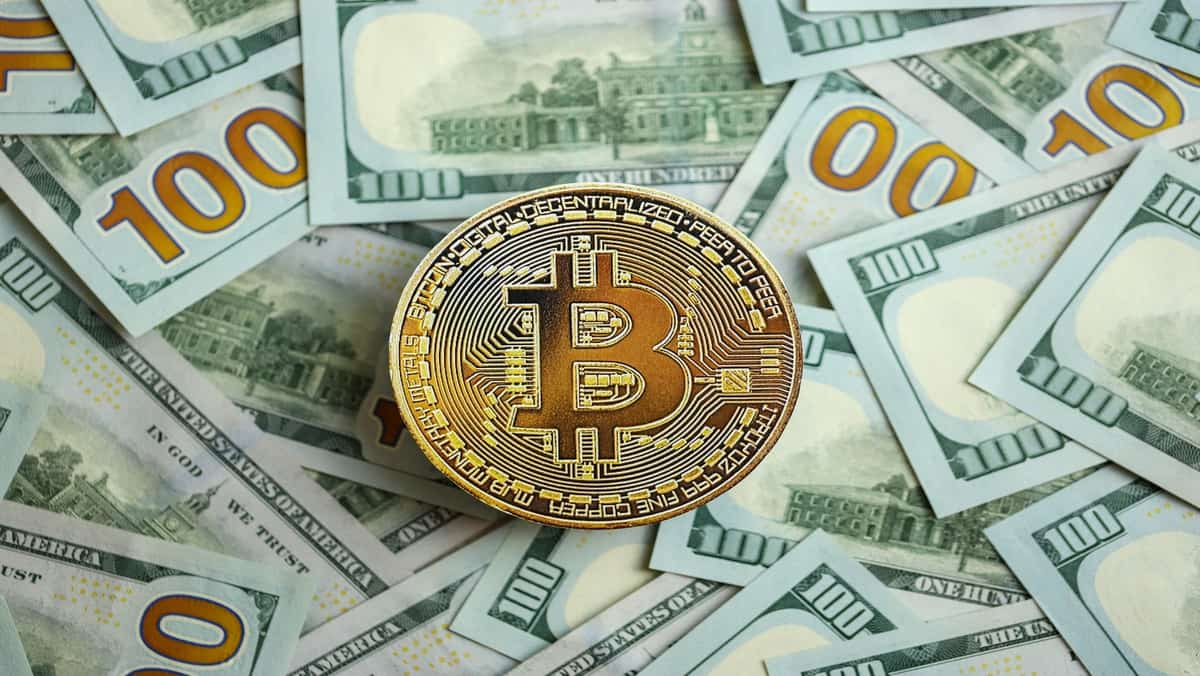The European Renaissance, which began in the 14th century, ignited a revival in art, culture, and intellectual thought that transformed modern civilization.Today, we are witnessing a similar awakening in the crypto space — the Decentralized Finance (DeFi) Renaissance. Like its historical counterpart, this movement is breaking down barriers and reshaping how we think about money and finance. Powered by blockchain and smart contracts, DeFi democratizes financial services, giving people worldwide access to a trustless economy without traditional finance intermediaries. It has the potential to reinvent finance entirely.Just as the European Renaissance thrived on technological advancements and societal shifts, the DeFi Renaissance is being driven by key factors that are pulling it out of early challenges and into a period of renewed growth and innovation.
1. DeFi Is Moving Out from Trough of Disillusionment
DeFi saw a surge in 2020 and 2021, fueled by high expectations as many believed it would revolutionize traditional finance(TradFi). However, like most new technologies, the early hype led to disappointment when the underlying infrastructure proved underdeveloped, leading to a slump in 2022.Yet, as with any revolutionary movement, DeFi has emerged stronger, navigating the “trough of disillusionment” and beginning its climb up the slope of enlightenment. The Gartner Hype Cycle is an effective framework to illustrate this journey, where DeFi is now showing signs of revitalization.

2. New Interest Rate Cycle Will Make DeFi Returns More Attractive
DeFi’s resurgence is not just driven by internal factors; external economic shifts also play a critical role. As global interest rates shift, risk assets like crypto, including DeFi, become more attractive to investors seeking higher returns.With the Federal Reserve implementing a 50 basis points rate cut in September, the stage is set for what may be a period of lower interest rates, similar to the environment that fueled the crypto bull markets of 2017 and 2020, as shown in the chart below. Bitcoin (and crypto) bull markets are highlighted in green, historically in a low-interest-rate regime, whereas bear markets are highlighted in red typically during a time of spiking interest rates.
- Lower opportunity costs of capital — With treasury bills and traditional saving accounts offering lower returns due to reduced interest rates, investors may turn to DeFi protocols that offer higher yields for instance via yield farming, staking, and liquidity provision.
- Cheaper loan — Financing costs become lower, encouraging DeFi users to take out loans and put them to productive use, thereby driving overall activity across the ecosystem.
While interest rates may not drop to the near-zero levels seen in past cycles, the reduced opportunity cost of engaging DeFi will be lowered significantly. Even a moderate decrease in rates is enough to make a big difference given the difference in rates and yield can be amplified with leverage.In addition, we foresee the new interest rate cycle to be a large driver for stablecoin growth given it significantly lowers the cost of capital for yield-seeking TradFi funds moving over to DeFi.During the last cycle, FFR (federal funds rate) has an inverse relationship with stablecoin supply growth, as shown below. As rates decrease again, stablecoins supply is expected to grow, providing more dry powder for the acceleration of DeFi.
3. Finance: (Still)The Biggest Product-Market Fit for Crypto
The crypto space has experimented with various use cases for crypto such as NFT, metaverse, gaming, social, etc. However, by most objective metrics, they haven’t really found product-market fit (PMF).Consider the case below of dwindling NFT daily trading volume even with a brief Bitcoin Ordinals-led resurgence in 2024.

- Cross-border transactions and remittance fees average 6%, with transfers taking 3–5 business days.
- Stock exchanges operate with bloated back-office systems and limited hours, making them inefficient.
- Real-world assets, such as real estate, could benefit from tokenization, unlocking liquidity and enabling composability in DeFi e.g. used as collateral.
DeFi’s ability to operate 24/7, with low costs, increased liquidity, and no intermediaries, makes it a far more efficient alternative. The technology exists; the challenge lies in whether regulators will allow DeFi to disrupt the $10 trillion global financial industry, which thrives on inefficiencies.To show how DeFi outperforms TradFi in efficiency, let’s compare the costs of running services in both systems. Here’s a breakdown according to an IMF study:
- Labor costs: DeFi’s labor costs are nearly 0%, compared to 2–3% in TradFi. For instance, DeFi loans are processed automatically without human intervention, while TradFi requires manual reviews and paperwork.
- Operational costs: DeFi’s operational costs are just 0.1%, while TradFi’s range from 2–4%. DeFi avoids the need for a large office or intermediaries, as smart contracts handle transactions and blockchain provides verification.
In total, marginal costs in TradFi reach 6–8% in advanced economies and 10–14% in emerging markets, with these costs passed on to end users.DeFi cuts out these inefficiencies. It’s that simple.
4. Enhanced UI/UX, Infrastructure, and Security
DeFi’s early days were marred by clunky interfaces and technical complexities that alienated users. However, the past few years have seen significant improvements in user experience, infrastructure, and security, making DeFi more accessible to mainstream users.One of the most significant improvements has been in wallet infrastructure. Managing seed phrases and private keys used to be a major obstacle, but new smart wallets and embedded wallets have made this process simpler and more secure. Features like social recovery, biometric authentication, and passwordless logins now make it easier for users to manage their funds without the complexities of traditional Web3 wallets.


Make DeFi Great Again
Much like the European Renaissance reshaped society, DeFi is set to revolutionize finance. The potential for innovation in DeFi is vast, and we are only beginning to see its impact. As more users and investors embrace DeFi, the future of global finance will increasingly move on-chain, making financial systems more efficient, open, and accessible to everyone.DeFi has the power to eliminate inefficiencies, break down barriers, and create new opportunities for financial inclusion. It’s not just a passing trend — it’s a fundamental shift in how the world interacts with money. From global payments to democratizing access to financial services, DeFi offers a future where anyone can participate in the financial system.Currently, the total market cap of all DeFi protocols is around $33 billion, which is only about 1.4% of the total crypto market cap of $2.3 trillion.


- The person who popularized the term “DeFi Renaissance”
- The Great Return of DeFi
Authors: Arthur Cheong & Eugene Yap
IMPORTANT NOTICE: This document is intended for informational purposes only. The views expressed in this document are not, and should not be construed as, investment advice or recommendations. Recipients of this document should do their due diligence, taking into account their specific financial circumstances, investment objectives, and risk tolerance (which are not considered in this document) before investing. This document is not an offer, nor the solicitation of an offer, to buy or sell any of the assets mentioned herein.


















